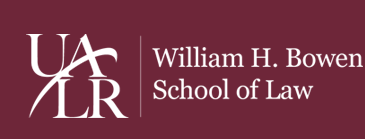Publication Date
2022
Abstract
Since at least 2017, the Court has implicitly recognized a right of equal access to generally available public benefits based on the beneficiary's religious identity or status. In Carson v. Makin (2022), the Court went a step further and, for the first time, concluded that the “status-use distinction lacks a meaningful application” in both theory and practice. It then held that restrictions on the use of public benefits for sacral purposes amount to religious discrimination because they impose substantial burdens on free exercise rights. Carson's holding, and the rationale underlying it, contravene settled case law and effectively gut the Establishment Clause by prohibiting restrictions on the use of public funds for core religious purposes anytime government provides a generally available public benefit. They also undermine a unique architectural feature of the Religion Clauses which considers “religion”--or religious conduct, to be more exact--constitutionally special and commands a requisite degree of separation between church and state.
This Article employs a conceptual framework that reimagines religious freedom's key components as constitutionally distinguishable from one another. It argues that religious identity implicates an equality right that is legally distinct-- and severable--from religious belief and practice (e.g., free exercise) which trigger fundamental rights interests. An explicit acknowledgment of a “right to religious identity” that requires full substantive equality between religious and nonreligious entities only when they engage in secular conduct can bring much needed clarity, and stability, to an emerging religious equality jurisprudence that is increasingly at odds with settled constitutional principles. This right should be housed in the Establishment Clause because its equality principle prohibits government from discriminating between religious and secular identities (and among religious denominations), while its separation principle precludes it from directly benefiting religious exercise. Ultimately, a reconceptualization of religious freedom doctrine informed by the distinctive features of identity can help rectify the doctrinal imbalance between the Religion Clauses resulting from Free Exercise “bloat” and empower the Establishment Clause to reclaim its rightful place in the constitutional hierarchy.
Document Type
Article
Recommended Citation
Faraz Sanei, Reclaiming Establishment: Identity and the "Religious Equality Problem', 71 U. Kan. L. Rev. 1 (2022).
Included in
Available at: https://lawrepository.ualr.edu/faculty_scholarship/297
